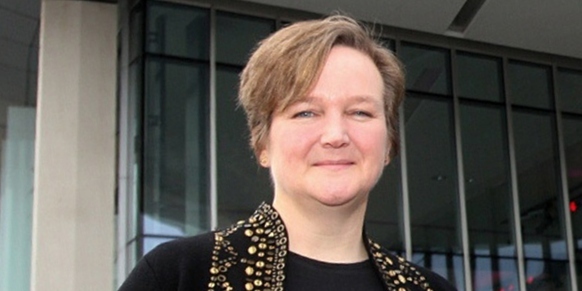The Scottish Government has been urged to spend less time measuring the nation’s economic production and more time examining people’s emotional well-being.
Authors at St Andrews University spoke out after concluding Gross Domestic Product (GDP) accepted for years as the best indicator for evaluating improved prosperity fails to reflect factors just as important as economic output.
They say these include life expectancy, inequality and environmental damage.
A new report, published by a round table of authors brought together by Carnegie UK Trust, issues a number of recommendations aimed at bettering quality of life in Scotland.
They suggest that if their proposals are enacted Scotland could become the envy of countries across the world.
The group, chaired by Professor Jan Bebbington, suggest the government could improve the way it gathers statistics and measures progress in its National Performance Framework.
Among the recommendations presented to power brokers at Holyrood are a shift of emphasis from measuring economic production to measuring people’s well-being.
This includes better ways of measuring inequalities in health, housing and education, which are according to Professor Bebbington central to quality of life.
The report also suggests the government needs to employ better methods to illustrate the distribution of wealth and consumption.
Professor Bebbington urged the SNP to take forward work it started in 2007 to measure “what matters” even though it will take many policymakers out of their “comfort zone.”
“The shortcomings of GDP as a measure have been well recognised by the Scottish Government,” Professor Bebbington said.
“It has already started the move to more sophisticated approaches to being able to track the broad impact of policies on Scotland’s people and environment.
“Our group has developed the ideas put forward in the report of the Stiglitz Commission (set up by France’s President Nicolas Sarkozy) to see how they might work in Scotland.”
Round table vice-chairman and vice-chairman of the trust Angus Hogg said it is essential for policymakers to have access to the “right types of data” if they are to make the right decisions.
“Scotland is leading the way on this work and we look forward to other governments being inspired by their approach,” he said.
“It has long been recognised that what is measured is what gets done.”
